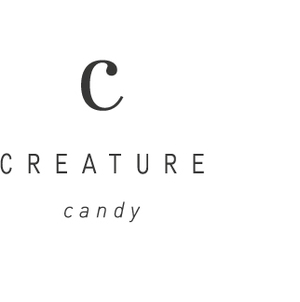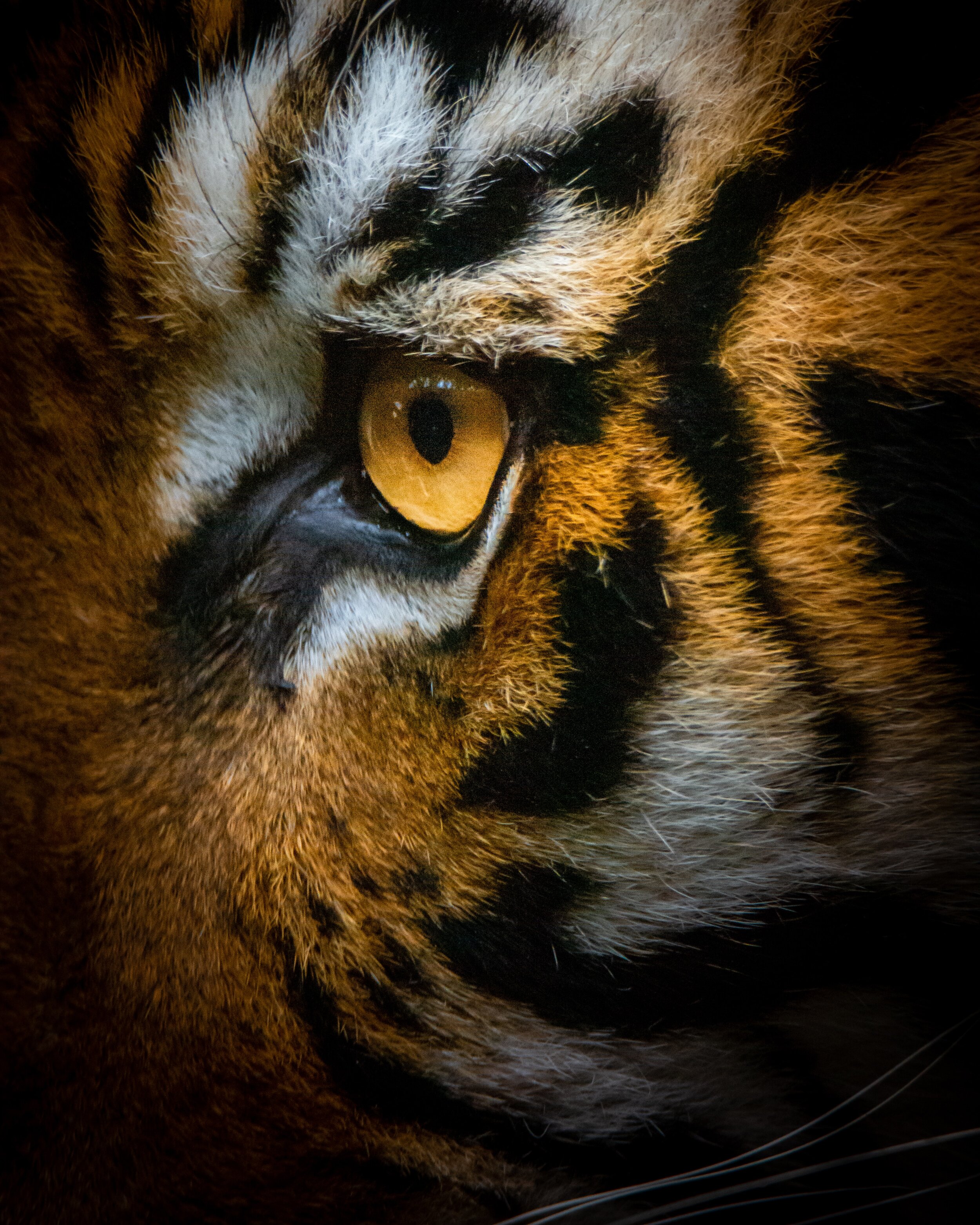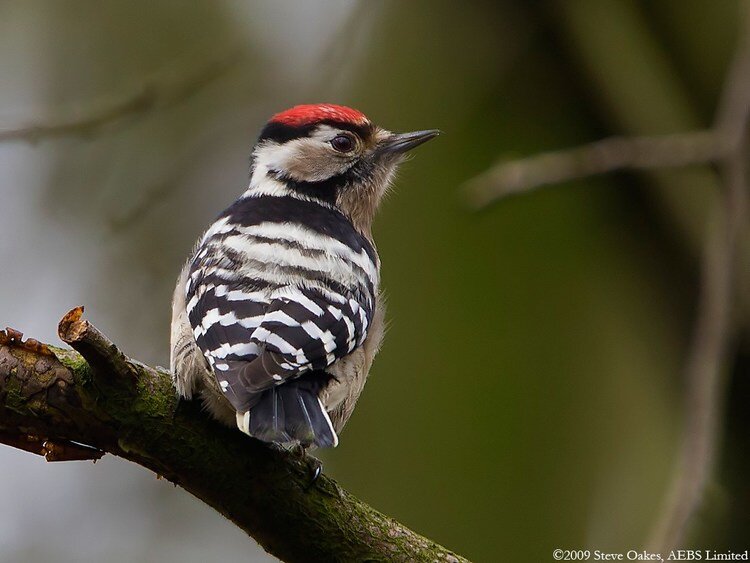The Humboldt Penguin and Punta San Juan!
By Kat Nicola
The Humboldt Penguin
There are 18 species of penguin in total, of which the Humboldt penguin is a fantastically charismatic one. One of the four banded penguins and one of 14 species which are native to an area which is warm in climate, it doesn’t resemble what you’d first picture a penguin to look like as opposed to the more popular emperor penguin which undoubtedly pops into your head first.
The first unusual feature in addition to the band across their chest is the number of spots which differs in pattern with each individual – much like your own fingerprints differ from each other. The most notable however is the pink patches on their faces. This is actually a unique mechanism to keep cool along the beaches of Chile and Peru, where when temperatures are high, blood flow is focused towards these areas where the skin is particularly thin and so the surrounding air can cool this blood to then be sent around the rest of the body.
On of the origins of the unique name ‘Humboldt’ is after the current in the southeast Pacific Ocean which surrounds their habitat and runs all the way from Antarctica – which means that that the penguins still have to be able to keep warm in these cold waters. Therefore, they still have their multiple layers of feathers including that soft downy layer for insulation against the skin and their top waterproof layer or ‘permanent wetsuit,’ amongst other mechanisms so they are able to cope well with both extremes.
Punta San Juan, Peru
The Punta San Juan reserve is home to the largest colony of Humboldt penguins and is a 54 hectare peninsula, found on the southern coast of Peru. It is protected by a 1.2km concrete wall and is home to not only the Humboldt penguins but other emblematic species such as Inca terns, Peruvian pelicans, Guanay cormorants and mammals such as South American fur seals and sea lions.
What’s happening?
Humboldt penguins are classed as ‘Vulnerable’ on the IUCN list but are listed as ‘Critically Endangered’ in Peru. There has been a huge overall drop in numbers of the past 100 years, where Humboldts originally were estimated to be in numbers of almost one million and have since dropped to only 30,000 individuals. Between 2017-2021, there were recorded to only be 1,500-2,000 on this site, which was calculated to be a 50% drop in the last decade alone.
Humboldt penguins suffer a variety of threats, including but not limited to overfishing, plastic pollution, fishing net bycatch, climate change and historical guano mining. Guano is a material which consists of sea bird faeces and provides not only a tool to aid in maintaining body temperature but is also a valuable nesting material. Unfortunately, this has also proved very valuable to humans too as a fertiliser, therefore this has been overmined in the past – affecting breeding success greatly. Now, guano has not been harvested since 1987 and the penguins can currently nest on a fresh guano layer.
What is the Punta San Juan Program?
Since 1980 the Punta San Juan Program and via extensive monitoring aims to pinpoint exact reasons for more recent declines in Humboldt penguin population numbers in the area. Following these activities in addition to protection strategies, environmental education, capacity building, community engagement and research they have already pinpointed various issues and have recorded the most successful breeding season in 5 years, which was during 2021 where 1639 were recorded in total!
The program operates on very little staff despite their tremendous achievements and due to the economic impact of covid-19 are in great need of further support.
Partnerships?
The Punta San Juan program not only relies on public support but also works closely with captive zoological collections. One of these is based in the UK; Oceanarium, Bournemouth. They house a small colony of Humboldt penguins in a mixed exhibit with a group of Inca terns and the aquarium take part in various conservation activities, including a new partnership with Punta San Juan since January 2022.
This will particularly include fundraising to support the hiring of a dedicated and experienced Peruvian conservation staff member to allow more of the above activities to be accomplished in the coming years.
Over the course of the year, the aquarium will be hosting a number of exciting activities and events to achieve their fundraising goal in order to support PSJ.
How can you help?
Keep an eye out for our activities – there will be competitions, events and simply occasions to just laugh at our staff as we take on various challenges – the first of which was a 5km run in various penguin accessories and outfits along the Bournemouth coastline on the 11th March.
Most of all, your donation and/or spreading the word will be very much appreciated by both the collection and the program and if you would like to donate or simply get more information and keep up to date with what they are getting up to you can either follow the link at:
Or visit their website at:
Oceanarium.co.uk/punta-san-juan-program
THANK YOU!
Our Penguin signed prints…
We still have signed prints available to buy as part of our Big Fundraiser For Wildlife Campaign. Lorraine Kelly has signed our popular rockhopper penguin print, which raises awareness of the decline of this species, and also raises funds for the Royal Zoological Society Scotland. Click here to buy yours and support the much loved rock hopper penguin!




































